I Installed a Secret Camera After My MIL Insisted on Having Our Key

Imagine sitting at home, drinking coffee and watching a new episode of your favorite series. And suddenly — BOOM! CRASH! What’s happened?! Nothing terrible — just a meteorite that has just crashed into your kitchen after breaking the roof.

You might think this story is entirely made up. But that’s what actually happened in New Jersey during the Eta Aquarid meteor shower, which is active from April 19 to May 28 and peaking on May 5 through 6. The space rock itself was the size of a pork roll sandwich. It was also pitch black and weighed almost 4 pounds. It slammed through the roof and hit the wooden floor, ruining it. When the inhabitants of the house found the rock and touched it, it was still warm. Luckily, the thing wasn’t radioactive, and there was no one at home at the time this intruder arrived.
But the most shocking thing about this meteorite? Astronomers believe it might have come from a cosmic snowball traveling far, far away from Earth! To explain this, I’ll have to tell you a bit more about the Eta Aquarid. This meteor shower is famous for its fast meteors, leaving long glowing trails. It’s produced by Comet Halley, completing its orbit around the Sun every 76 years. The comet hasn’t visited Earth since 1986 and won’t come back until 2061. Right now, it’s somewhere near the constellation of Hydra, which is more than 100 light years away from our planet.
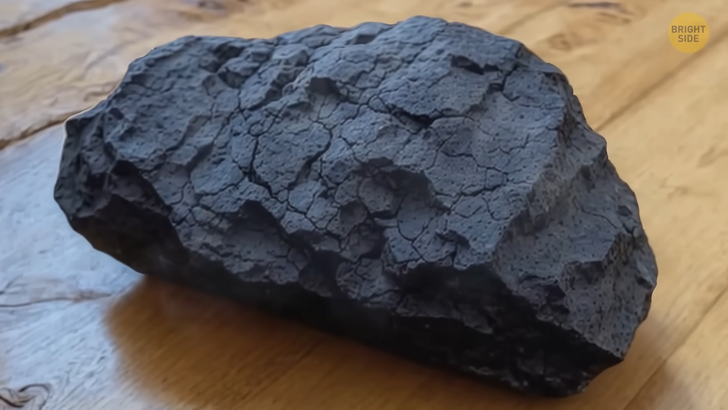
Every year Earth has to pass through trails of debris left by the comet. They collide with our atmosphere, disintegrate, and create beautiful colorful streaks in the night sky. And it happens every time Halley returns to the inner Solar System. Its nucleus sheds a layer of ice and rock into space — and some of it reaches our planet. The central New Jersey authorities believe the meteorite that sneaked into the house originated from that meteor shower.
But I feel that you might be pondering another question that confuses many people: what’s the difference between all those space bodies? I mean, there are so many of them flying out there: meteors, meteorites, asteroids, comets — ugh! Ok, let’s figure it out together.
An asteroid is a rocky body orbiting the Sun. It’s usually not very big and quite inactive. Comets are different — they’re covered with ice that normally evaporates in sunlight, forming a coma (which is what a comet’s atmosphere is called). This coma consists of dust and gas. A comet also has a tail that is made of dust and/or gas, too.
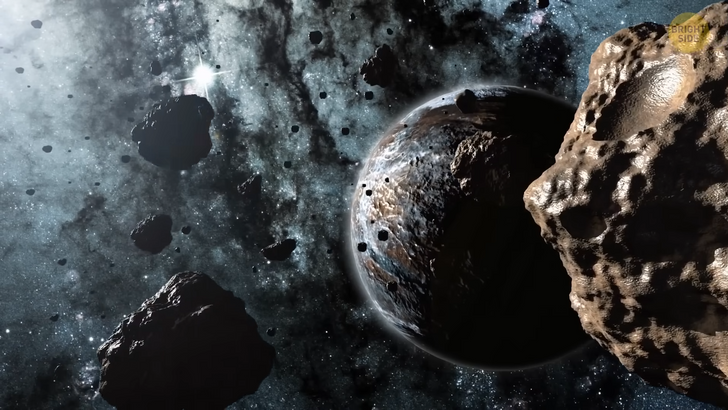
A meteoroid is a small part of a comet or asteroid that orbits the Sun. If this meteoroid manages to sneak into Earth’s atmosphere and vaporize there, it’s a meteor. It’s often called a shooting star. And finally, if a meteoroid manages to survive the passage through our planet’s atmosphere and lands on Earth’s surface, it becomes a meteorite.
If you think such space guests are a rare occurrence, that’s not exactly true. Every day, our planet is hit with more than 100 tons of sand-sized particles. About once a year, a large, car-sized asteroid enters Earth’s atmosphere, turns into an impressive fireball, and burns — luckily, before reaching the surface of the planet. And every 2,000 years or so, a meteoroid the size of a soccer field hits Earth, causing a lot of damage.
And now, imagine this. A huge, really ginormous asteroid is approaching our planet. There’s no one on Earth to predict its appearance. Neither is there anyone to stop it. That’s why soon, the asteroid crashes into the surface of Earth. The force of the collision is so powerful that the space visitor doesn’t stop until it gets through the crust to a depth of several miles. The impact leaves a crater of more than 100 miles across. Thousands of cubic miles of solid rock instantly turn into vapor. The crash sets off a series of natural disasters that erase 75% of life on Earth.
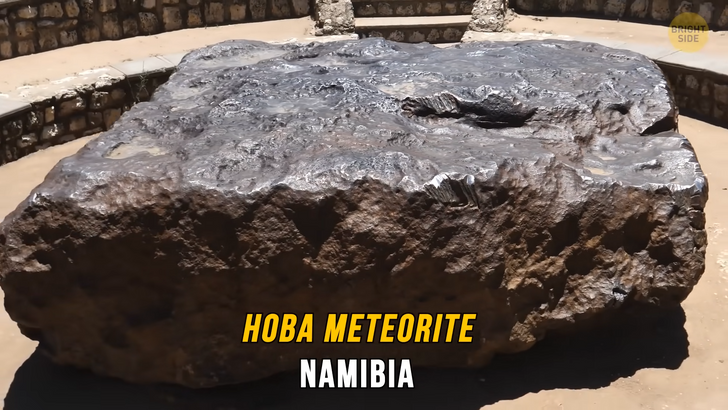
The creatures that were close enough to see the crash don’t survive for longer than a few seconds. Even closer to the impact crater, the ground is covered with thousands of feet of hot ash, grit, and rubble. Several seconds later, everything for many miles around bursts into flames. What doesn’t burn down within the next several minutes after the collision faces a different, even more terrifying fate... The asteroid causes a monstrous, largest-ever tsunami.
A recent study claims that it was thousands of times more powerful than any wave people have ever seen. The tsunami was so devastating it eroded seafloor sediments half a world away! The team of scientists even remodeled the events of the first 10 minutes after the impact. And the model showed that the asteroid had produced waves up to 30,000 times greater than one of the largest tsunamis people have ever recorded — the one in the Indian Ocean in 2004.
You’ve probably already guessed that I’m talking about a real-life event — namely, the asteroid collision that wiped dinosaurs off the face of the earth. The Chicxulub asteroid, as we now know it, is believed to come from the outer reaches of the Solar System. This space body was at least 6 miles across. It crashed into the shallow sea waters near the Yucatan Peninsula. The impact was so powerful that it left its signature on the face of the planet. In 2021, researchers found out that the collision had carved “mega-ripples” into Earth’s crust in the region of modern-day central Louisiana.
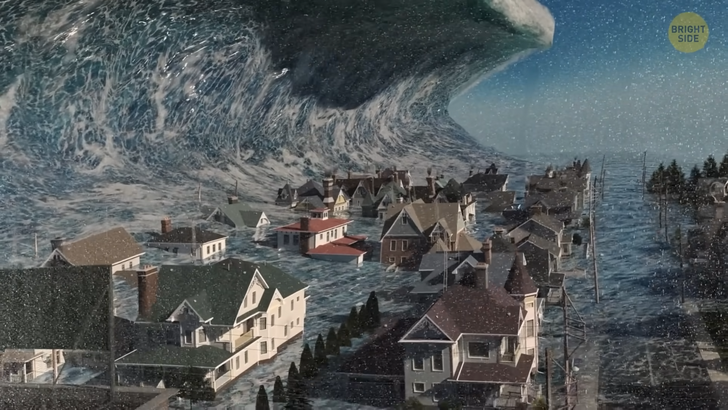
But such devastating events, when an object that large threatens Earth’s inhabitants, happen very rarely, once every few million years.
Space rocks smaller than 80 ft usually burn up in the atmosphere of our planet, causing little to no damage. If a rocky meteoroid larger than 80 ft but smaller than half a mile across was to hit Earth, it would cause local damage to the impact area. As for a space rock with a diameter larger than half a mile, it’d likely have worldwide effects. And these space bodies aren’t even the largest. For comparison, asteroids populating the main asteroid belt between Mars and Jupiter can be as huge as 580 miles across! But you can breathe out — they are too far away and don’t pose any threat to our planet.
All the time, our scientists keep learning more and more about hazardous asteroids and comets. They have even established a Planetary Defense Coordination Office (aka PDCO). It ensures that potentially hazardous objects get detected as early as possible. An object is considered potentially hazardous if its orbit is predicted to bring it within 5 million miles of Earth. It should also be large enough to reach the surface of our planet — over 100 ft across.
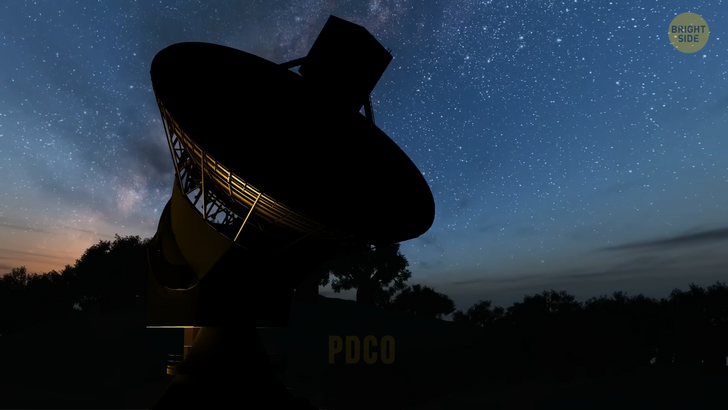
Interestingly, a meteorite impact isn’t the worst thing you need to worry about. Some scientists warn that the most dangerous thing is the shock wave produced by a meteor breaking apart in the atmosphere. For example, one meteor — which originally was an asteroid the size of a six-story building — entered our planet’s atmosphere in February 2013 and broke apart 15 miles above the ground. This generated a shock wave that was equivalent to a ginormous explosion.
An even larger space visitor was called the Tunguska meteorite — it was also 10 times more energetic. It broke into pieces over the Tunguska River in June 1908, flattening 500,000 acres of forest. If the meteorite hadn’t been so huge, this event would have gone undetected because of the remote location where it all happened.
So, it’s a good thing that 90-95% of meteors don’t survive the fall through our planet’s atmosphere. Only those that are made of stronger materials make it so far. Most meteorites, though, are thought to come from comets, which are way more fragile than asteroids.
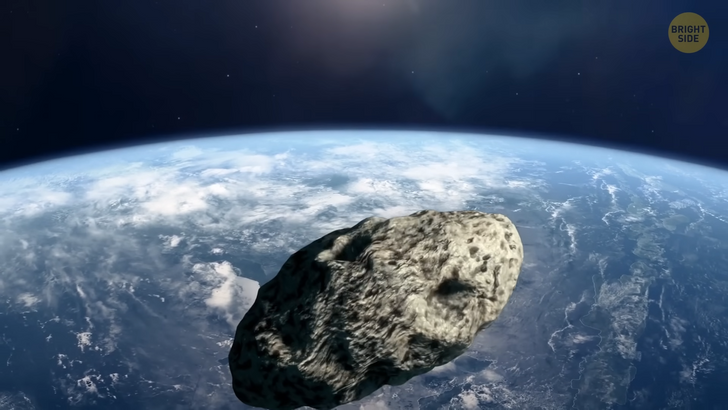
We should also consider the speed of a meteor. If one is approaching Earth at a slower speed, it’s more likely to survive the collision with the atmosphere of our planet. It means that the meteor won’t burn completely, and some of its remains will reach the ground.











